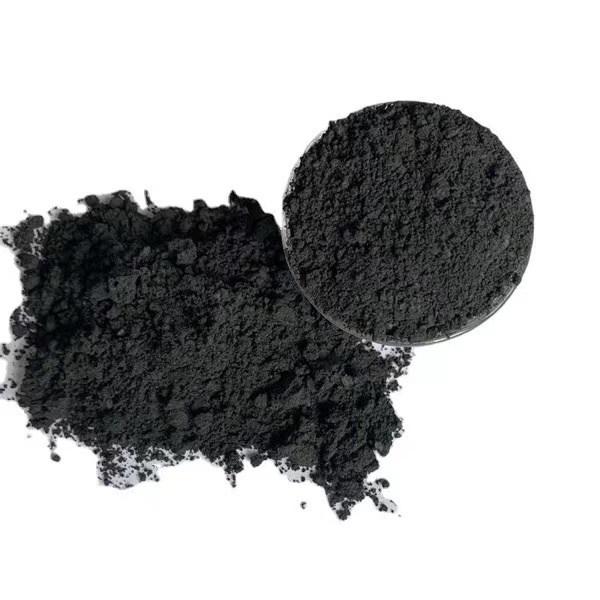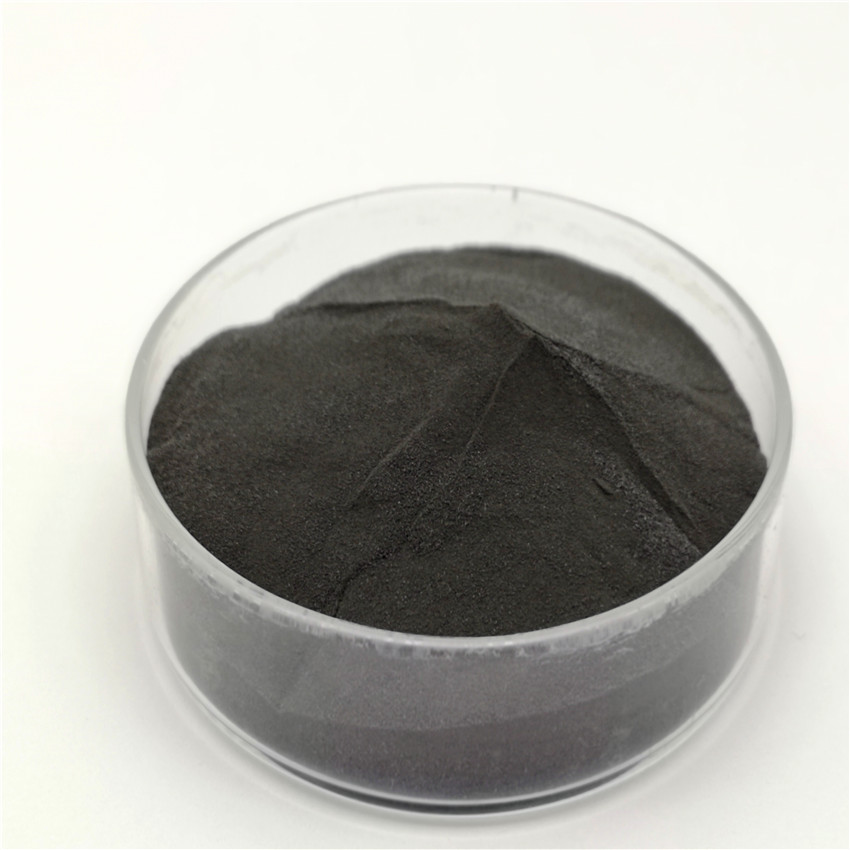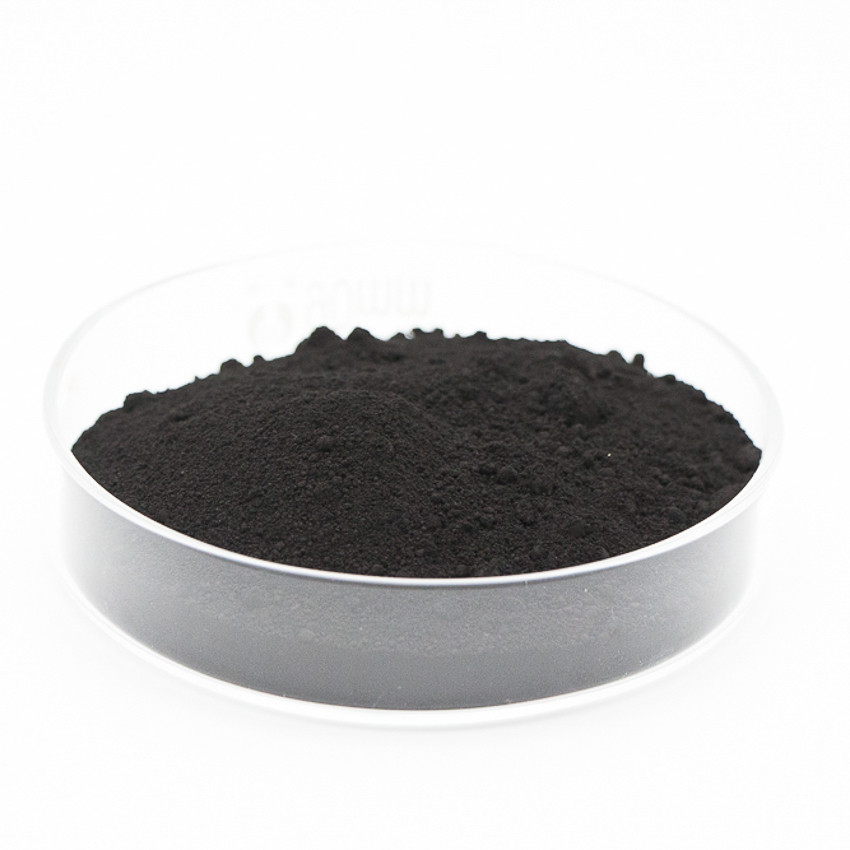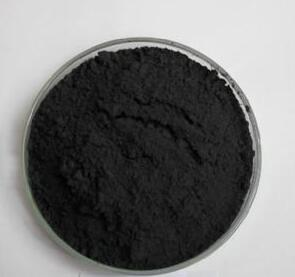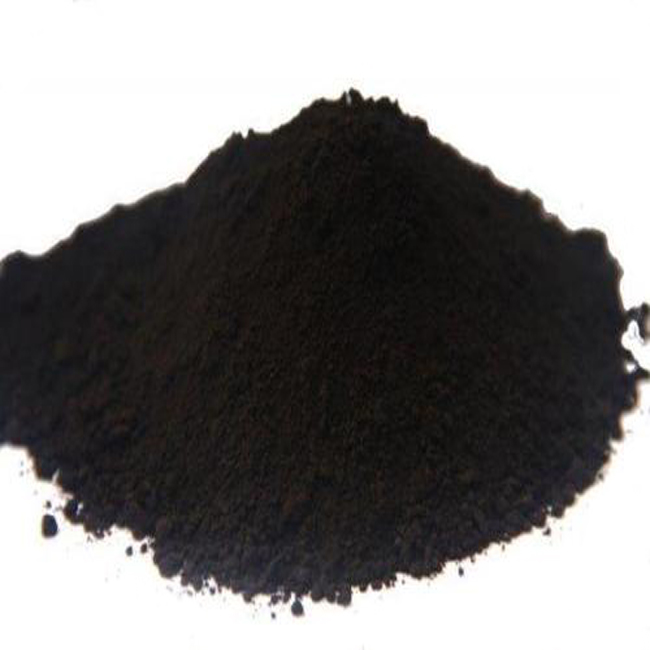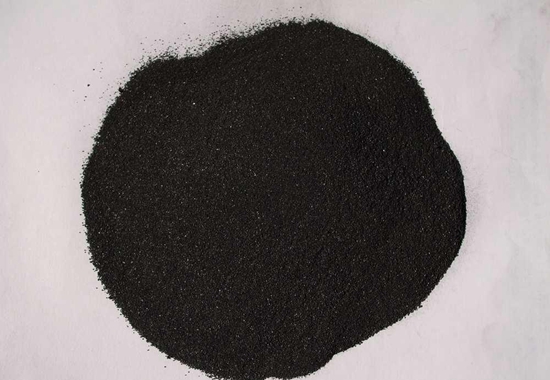Graphite Anode and Cathode for Li-Ion Batteries
Graphite has dominated the anode and cathode of lithium-ion batteries (LIBs) since the invention of the technology, benefiting from its unparalleled balance of relative low cost, abundance, power density, cycle life, and excellent electrochemical performance. Although other high capacity anode materials such as Si [17], carbon nanotubes, lithium metal, sulfides, and oxides have become hot research topics in the last few years, none has demonstrated competitive overall performances for LIB commercial applications.
Within a graphite cathode, the reversible intercalation of lithium cations is responsible for the impressive energy storage properties of GDIBs. During the charging process, Li ions recombine with electrons in the anode electrode and are inserted into empty sites of the graphite lattice/frame. This chemically driven process requires a high degree of control to minimize volume change and mechanical strain, and thus maximize capacity and electrochemical efficiency.
To achieve these goals, we use a combination of structural, morphological, and dimensional factors to regulate graphite structure and chemistry to enhance the kinetics of intercalation, storage, and diffusion of Li ions in natural and synthetic graphite anodes. We use in-situ constant displacement/pressure measurements to demonstrate that the different morphology of graphite has a direct impact on the fluctuation range of stress and strain during the charging and discharging processes. We also use Raman spectroscopy to identify the two distinct intercalation processes for chloroaluminate anions during the discharging process, and theoretical calculations to study the correlated electronic structure of the graphite-choloraluminate interface.


